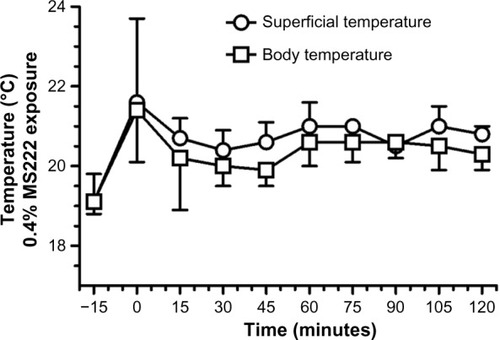Figures & data
Figure 1 An axolotl in dorsal recumbency after a 20-minute immersion bath with MS222 (0.2%).
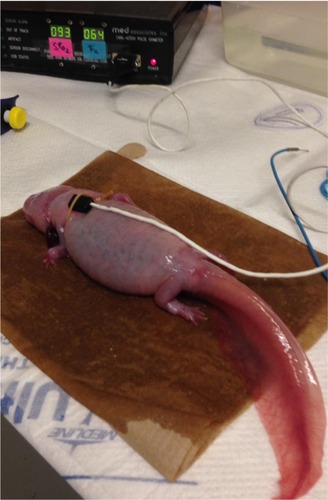
Figure 2 Percentage of adult axolotls (n=9; six females and three males) reacting to the acetic acid test and withdrawal reflex following a 20-minute 0.2% MS222 immersion bath.
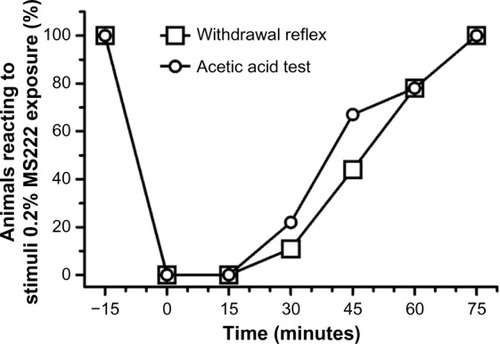
Figure 3 Heart rate (beats/min) and blood oxygen saturation (%) (mean ± standard deviation) of adult axolotls (n=9; six females and three males) following a 20-minute 0.2% MS222 immersion bath.

Figure 4 Cloacal and superficial temperatures (°C) (mean ± standard deviation) results of adult axolotls (n=9; six females and three males) following a 20-minute 0.2% MS222 immersion bath.
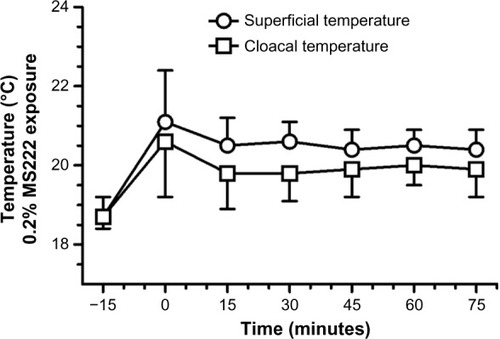
Figure 5 Heart rate (beats/min) and blood oxygen saturation (%) (mean ± standard deviation) of adult axolotls (n=3 females) following a 20-minute 0.4% MS222 immersion bath.
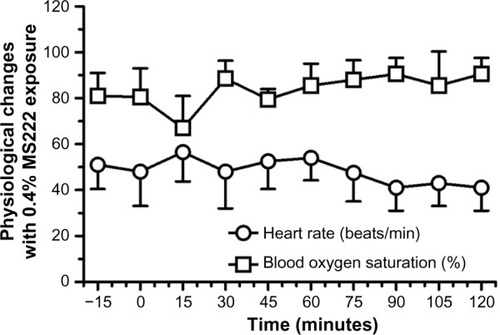
Figure 6 Cloacal and superficial temperatures (°C) results of adult axolotls (n=3 females) following a 20-minute 0.4% MS222 immersion bath.
